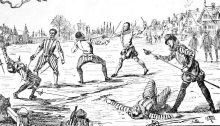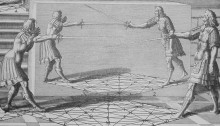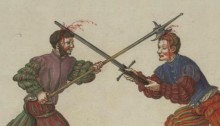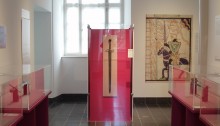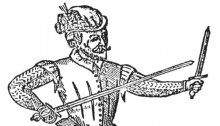Risques et gains
Ce post (traduction de celui-ci) s’intéresse à l’équilibre entre les risques et les gains dans les situations de combat. Cet équilibre est important à garder en tête lors de l’analyse et de la comparaison de divers mode d’entraînement moderne. Par exemple, il explique les différences entre la réactions des duellistes d’époque et des pratiquants modernes face aux armes tranchantes.
